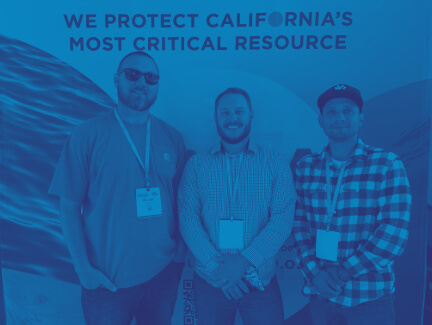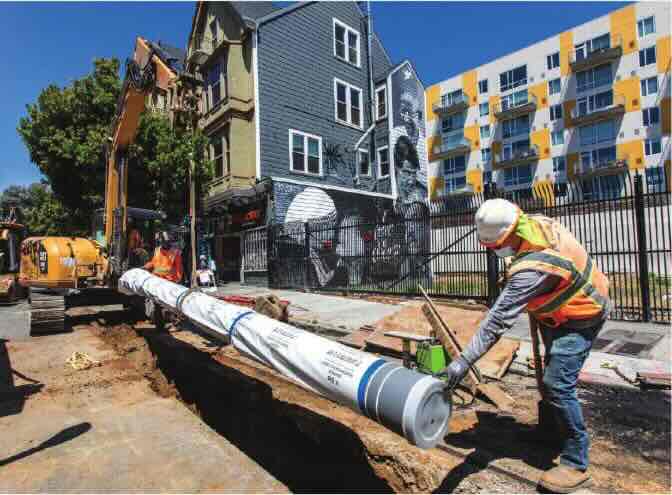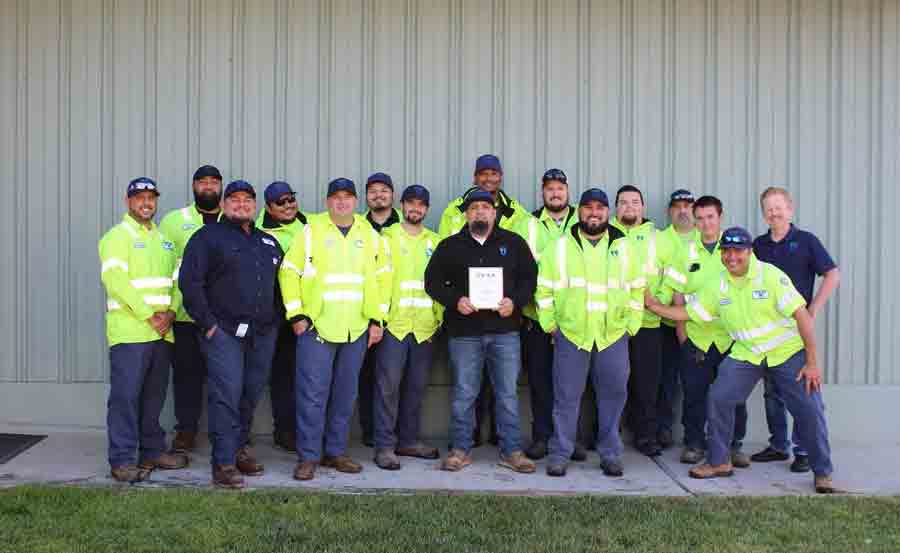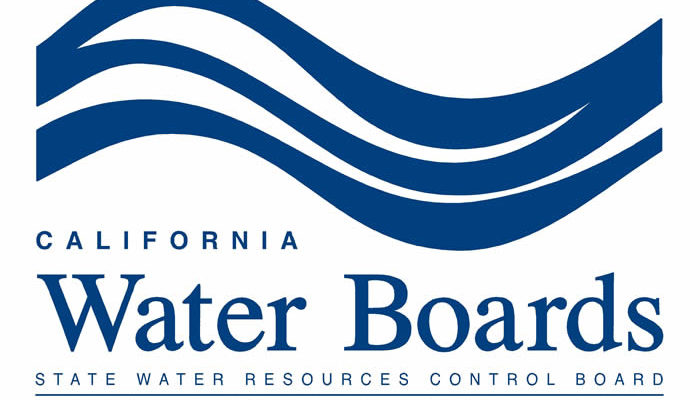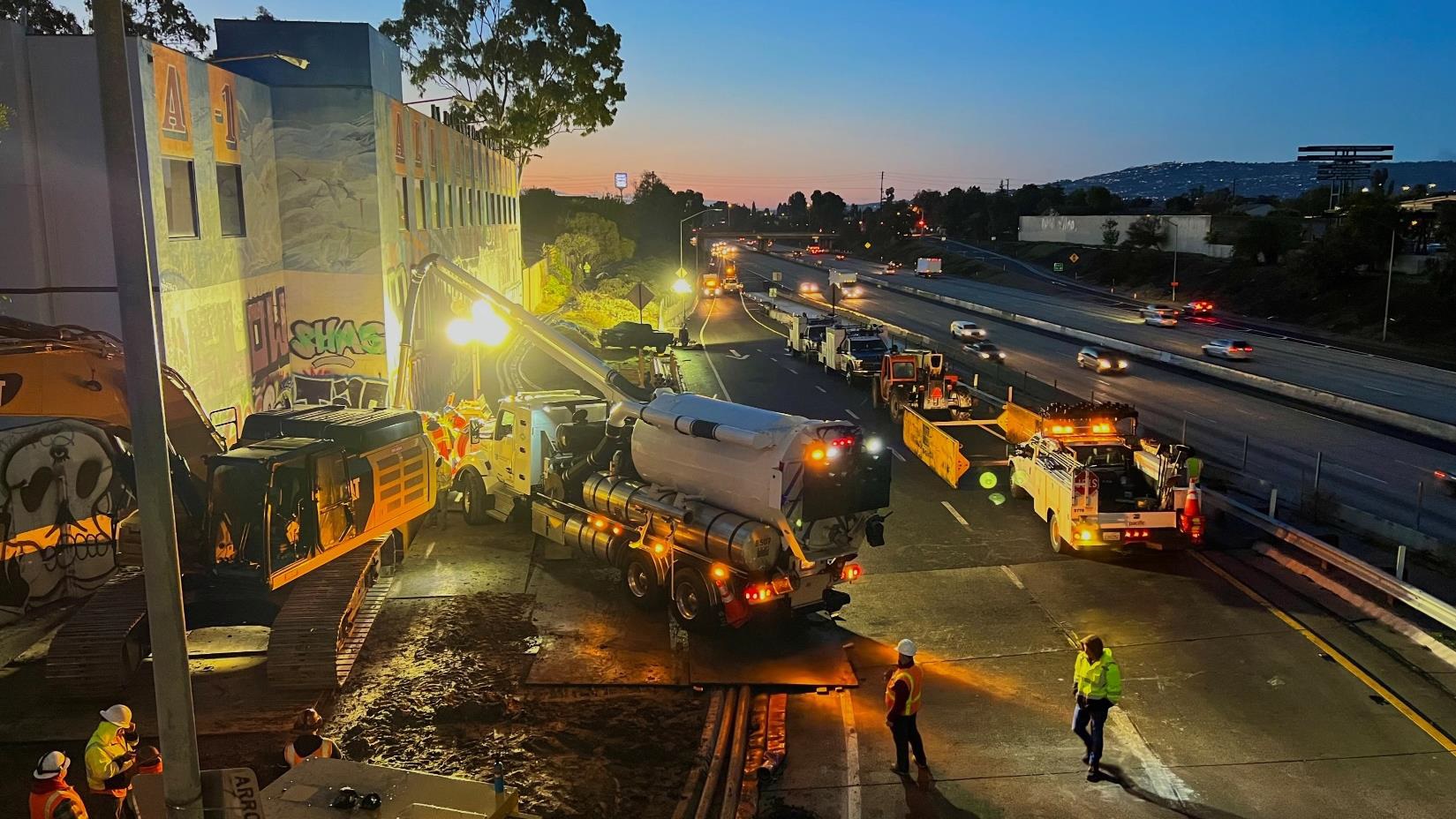
LACSD responds to a sewer emergency in 2021 (LACSD photo)
How to Tips for Spill Emergency Plans aka SERPs
WDR Training and Resources
By Jim Fischer, Principal Fischer Compliance, Collection Systems, Regulations
Visit CWEA’s WDR training and resources page >

James Fischer, Fischer Compliance
Having been an inspector for the State Water Board’s Office of Enforcement for a decade with over 100 collection system inspections, as well as an independent consultant for more than a dozen years, CWEA members often ask me: What does Emergency Response Plan (ERP) compliance look like?
I can say without a doubt that effective spill ERPs must be customized and specific to an agency’s operational needs, staffing, and expectations for proper spill response, mitigation, documentation, and reporting.
Agency managers must ensure field crews are familiar with their ERP and are trained, confident, and competent with the execution of the plan. Additionally, there needs to be adequate field data collection and documentation that supports accurate spill start time records and skillful use of volume estimation methodologies that will hold up to scrutiny by inspectors.
Unpacking this further, here is a comparison of the ERP requirements in the 2006 Statewide Waste Discharge Requirements (WDR) (currently in effect until 6/4/2023) and the 2022 “reissued WDR” (effective 6/5/2023). With the reissued WDR, there are dramatic increases in the number of upgraded tasks for meeting regulatory expectations.
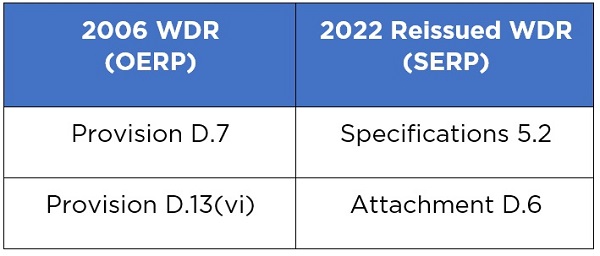
Unlike the 2006 WDR, the additional focus now includes specific expectations such as “remove sewage from the drainage conveyance system,” “implement technologies, practices, equipment, and interagency coordination to expedite spill containment and recovery,” and “implement pre-planned coordination and collaboration with storm drain agencies and other utility agencies/departments prior, during and after a spill event.”
Prudent managers striving to comply with the reissued WDR must consider all elements in the ERP and review “enforcement discretion” factors. On a positive note, unlike the 2006 WDR, the reissued WDR includes these factors[1]:
- The enrollee’s responsiveness to stop and mitigate the impact of the discharge;
- The enrollee’s use of available information/observations to accurately estimate spill volume/identify affected or potentially affected receiving waters;
- The enrollee’s thoroughness in cleaning up sewage in drainage conveyance systems; and
- The enrollee uses water quality and biological monitoring and assessment to determine short-term and long-term impacts on beneficial uses/the environment.
(excerpted from Provision 6.1.6 starting on page 28 of the reissued WDR)
In addition to the above recommendations, agency managers should use this checklist to expedite ERP compliance.
- Assess agency ERP compliance with the 2006 WDR[2].
- Does agency ERP capture your expectations for field crews?
- Are agency field crews familiar, trained, and competent with ERP?
- Are agency field crews prepared for questions asked by compliance inspectors on the ERP?
- Do agency field data collection form(s) capture all required data? (See attachments E1/E2 of the WDR at bit.ly/40LpDZ6)
Please feel free to reach out to me at jim@fischercompliance.com, and I’m happy to look for free training opportunities for small and rural districts whenever possible.
Footnotes
[1] For more specific insights, see the California Water Code (Porter Cologne), section 13327 factors mandated by law the Water Boards must take into consideration for its water quality actions/penalties, including sewage spills go to bit.ly/3DVsrZN.
[2]Managers should assess their current ERP effectiveness by auditing their historic spill reports/data (past 3-5 years) against the current requirements specific in the 2006 WDR to identify any outstanding gaps see WDR Provisions D.3, D.4, and D.13(vi) at bit.ly/40LpDZ6.

